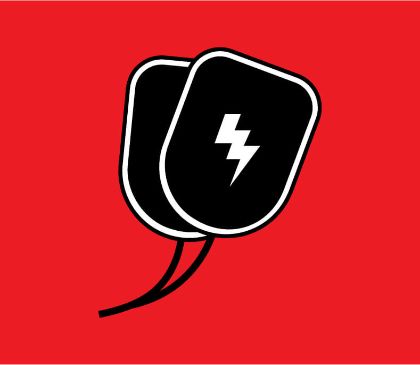AED Accessibility Halted by High-rise Stairs
- Apr 23, 2018

Do you or your loved ones live in a high-rise complex? An increasing number of people do, which has been proven to add an additional challenge for out-of-hospital cardiac arrests.
To read the full article on this study, click here.
If cardiac arrest happens AED placement and management is crucial. It should take no longer than 90 seconds to get from an individual to an AED and back to that individual. Due to multiple floors in high-rise residential buildings, there is potential for a delay in this process. If the AED is on another floor, the responder could have to climb a flight (or multiple flights) of stairs which slows the individual- during a situation in which every second counts.
Below is the Chain of Survival which includes 4 steps that are valuable during a cardiac emergency. Here you can see that “Early Defibrillation” is one of the four critical points.
- Step 1: Early Access
This step means early recognition of a cardiac emergency and calling 9-1-1 for advanced medical help.- Step 2: Early CPR
Note, if you have an AED near by, many AEDs now have CPR guidance and feedback to coach the user through the process.- Step 3: Early Defibrillation
This means, if the heart needs shocked, a defibrillator is available to do so. AEDs have to be accessible for this step to be an option. AEDs are designed for ANYONE to be able to use; therefore, anyone should be able to access them. If an AED is in a locked office or cabinet it is not accessible.- Step 4: Early Advanced Care
From the call in “Step 1”, the goal is for an equipped and highly trained pre-hospital first responder arrive as soon as possible.
Again, “Early Defibrillation” means that if the heart needs a shock to obtain a normal heart rythm, it is given quickly. AEDs are designed for any lay person to use the device. In “Step 4: Early Advanced Care”, a trained first responder (EMS, paramedic) will be able to continue the advanced care.
If you are wanting to know how to make your building safer, some possible solutions that could be useful are: more AEDs, an AED on every floor, more efficient AED management, and AED awareness (making sure everyone knows where your AEDs are, what they are used for, that everyone can use one, etc.).
To learn more about your AED options, click here.








 CALL US:
CALL US: